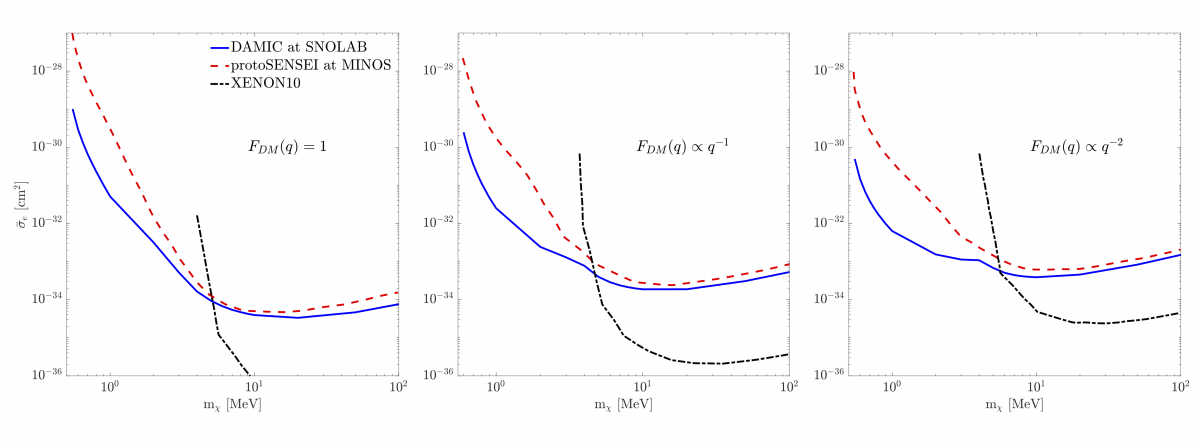news
Submitted by chavarri on
Scientific highlights from 2023 so far
Submitted by chavarri on
Research group updates
Submitted by chavarri on
Even Lighter Particle Dark Matter
Submitted by chavarri on
Michelangelo Traina joins UW!
Submitted by chavarri on
Postdoctoral position open!
Submitted by chavarri on
Results from a 11 kg-day exposure of DAMIC at SNOLAB!
Submitted by chavarri on
Cosmogenic activation of silicon measured!
Submitted by chavarri on
Single electron response achieved!
Submitted by chavarri on
Dark matter-electron scattering result from SNOLAB!
Submitted by chavarri on

